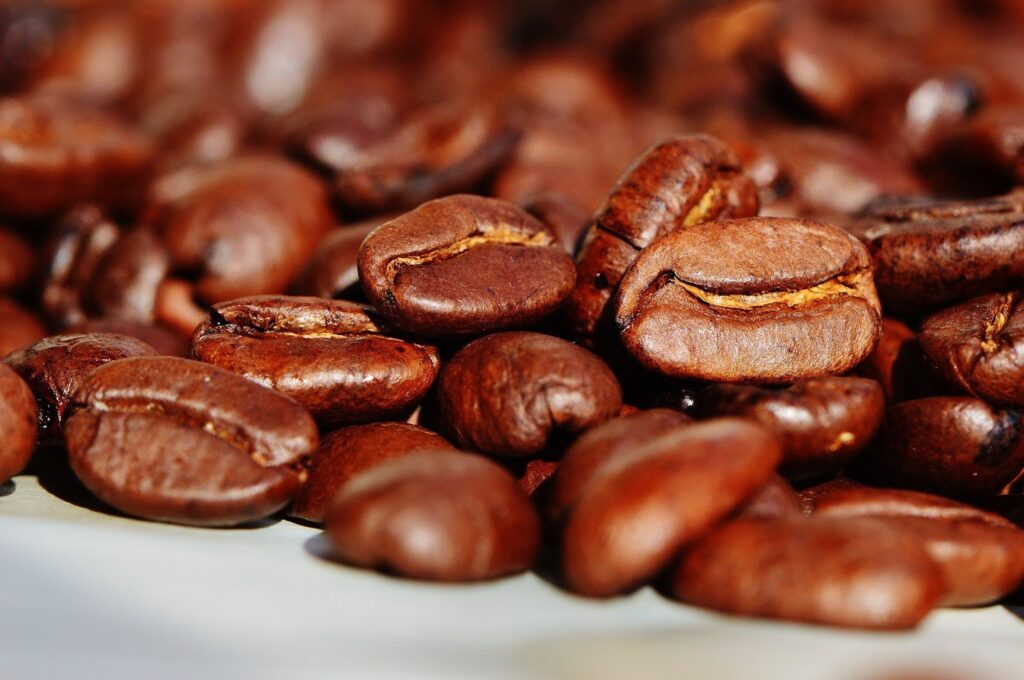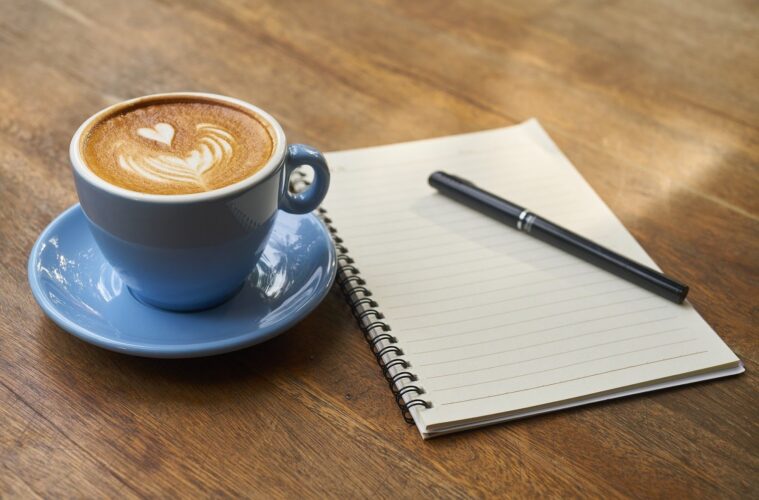Making coffee at home is something that a lot of people consider superior to buying daily coffee at a local cafe. The rationale behind it is pretty sound too, it’s cheaper, it’s more efficient, and you can brew coffee the way you like it. What’s not to like about those potential benefits for making coffee at home? Well, interestingly enough, you might just be doing it wrong.
Brewing coffee is considered an art by many of the connoisseurs, and to some, it’s a simple process of putting a pod in a machine and pressing a button. If you want to truly make better coffee at home, then ditch the drip pot or cup pod machine and check out these smart tips for the perfect brew.
Using the Right Coffee Maker
The first step you’ll want to prepare yourself with is using the right coffee maker. As mentioned, the convenience of a Keurig machine (or similar pod system) and a drip pot are simple, but they don’t produce the best quality cup of coffee. A pour over coffee maker is also a simple coffee maker, but the difference is that you have more control over the heat and strength of the coffee. Similarly, if you eventually graduate to more robust coffee makers, you can find yourself using espresso machines, french presses, etc. to make a better brew for your morning cup.
Brewing Coffee Properly
Not only that, but you need to know how to brew it right. Previously you read that how you control the brew is important, and that’s incredibly true. With drip pots or other automated machines, you can’t control the temperature as well so the grounds can end up getting burnt, which takes away a lot of the aromatics and flavor. Having control over the temperature the time it’s spent brewing, and the number of grounds you’re using will allow you to get a more accurate brew that is akin to your tastes, rather than a generic, burnt cup.
Choosing the Right Beans or Ground
There’s also a fierce debate in the world of coffee, both aficionados and regulars alike, over whether it’s better to use beans or ground. The short answer is to choose what you like best, as your personal preference should always take precedent but the long answer is those whole beans is always, always, always better. Ground coffee is nice because it’s convenient, but when it comes to coffee you’re starting to see why convenience isn’t exactly a positive at times. Whole beans contain better flavor because the aromatics haven’t been released by grinding. Not to mention, whole beans will last longer when storing properly. So in short, pick what you like, but if you really want the full flavor, go with whole beans.
Weighing Your Coffee

Being precise is going to pay off in the kitchen with just about any kind of cooking. Eye-balling the measurements only works when you’ve had plenty of experience making the same recipe and you understand the portions well, but with coffee, you want to be precise nearly every time. The solution is to invest in a handy little kitchen scale. With the ability to weigh down to a hundredth of a gram, you can be sure that any tablespoon of the ground is going to be precise to make sure your brew is as close to perfection as possible.
Portioning Out Your Servings
When you weigh the coffee, you want to make sure you aren’t overdoing it either. It might be the right weight or amount of ground, but it depends on the type of coffee. A dark roast is a lot different from a breakfast blend, so you want to know the amount of caffeine and intensity that each cup would be. Knowing how to portion those out, especially with the help of a scale, is something that will come in handy for brewing better coffee.
Properly Storing Your Coffee
Lastly, you need to store your coffee properly too. This means keeping the beans somewhere air-sealed after opening a bag (it’ll last for a few days if not overly exposed) and the grounds once you’ve ground the beans. The best solution is to use glass jars because they hold well and you can see the amount you have left, but also because the glass won’t change the characteristics of the flavor or aroma.
There is nothing wrong with going out to the coffee shop to grab a cup, but sometimes it’s best to brew at home to save money or learn the skills of being an at-home barista. If you’re looking to up your coffee-making game, then these smart tips will surely help you.


